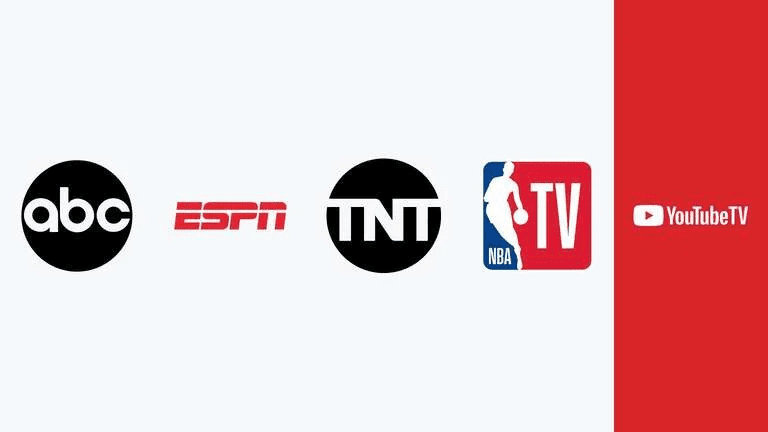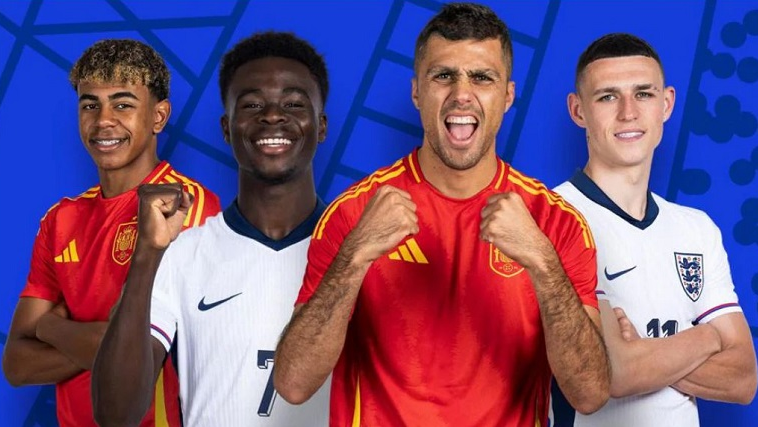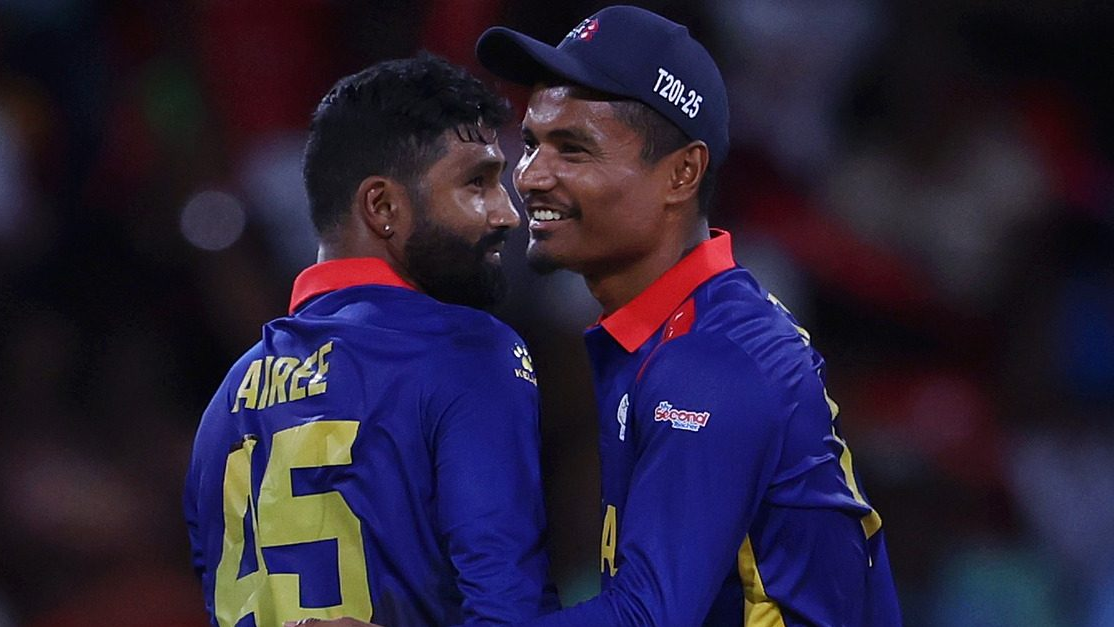The NFL’s television contracts account for $12.4 billion, about 43% of all sports TV deals in the U.S.
This year, the global sports television contracts are forecasted to hit a milestone of $62.4 billion, roughly equivalent to Slovenia’s GDP. Nearly half of these TV and streaming revenues will originate in the U.S., with the NFL contributing $12.4 billion, making up about 43% of the overall stateside earnings.
Now, while the networks’ substantial, long-term investment in the NFL has made Comcast, Disney, Fox Corp., and Paramount more meticulous about managing their live sports inventory, there’s a cynical undertone to the claims of self-proclaimed “futurists” who predict the bursting of the media rights bubble. Despite the argument that anyone referring to themselves as such should be tossed into the nearest active volcano, increased discernment in network spending on sports does not necessarily indicate an impending devaluation in the next round of deals.
For every linear-TV network that decouples from a portion of its legacy contracts, a digital disruptor awaits to carve out a new streaming package. When ESPN reduced its MLB schedule to a weekly Sunday Night Baseball showcase, Apple arrived with $595 million to program a weekly Friday doubleheader. Similarly, when Fox no longer wished to be tethered to a challenging Thursday Night Football contract, Amazon bid $13 billion to assume stewardship of the package.
With more distribution options available to leagues than ever before, we’re seeing some traditional TV outlets temper their future commitments, while the members of the Four Commas Club swoop in to [over]compensate for the networks’ deliberate approach to maintaining their portfolios. As a result, the money keeps rolling in, and a younger, TV-averse fan base is emerging across various streaming platforms.
Some of the most significant sports TV deals, past and present, and what the future may hold for the next sets of rights to go to market:
Parity with the NFL? Not in this lifetime (or the next). If it’s challenging to pinpoint the exact moment when the NFL became the world-bestriding colossus that it is today, it’s also probably safe to say that it happened sometime in December 1993 when Rupert Murdoch outflanked CBS’ Laurence Tisch for the NFL’s high-octane NFC package, offering a sum for a four-year deal that was 49% higher than the Tiffany Network’s contracted rate for the 1990-93 seasons.
Murdoch’s bold move served as a gateway to an era of longer TV deals at jaw-dropping rates. After Fox’s first four years as an NFL partner were up, rival networks saw their annual payments expand. Total costs at ABC, Fox, CBS, and ESPN soared from $4.4 billion to a staggering $17.6 billion. When the next set of deals was struck for 2006-13, the league’s total haul had risen to $24.3 billion, before nearly doubling in 2014-21 ($43.1 billion). By the time the current packages expire, the NFL will have generated another $110 billion by way of its media partners. Quite a deal if you can get it.
Changes in the deal:
If no other league can match the NFL’s money-making acumen, the major U.S. sports syndicates have still commanded head-spinning price increases. The NBA’s soon-to-expire deal with Disney and Warner Bros. Discovery (2016-25) was structured around a 3x multiple, with the shared average annual rate jumping from $966 million to $2.6 billion.
Similar gains were made by the NHL, which in 2021 replaced 16-year incumbent NBC Sports with a partnership with Disney and WBD precursor Turner Sports. That seven-year, $4.3 billion blockbuster more than doubled the value of the previous deal with NBC and is largely seen as beneficial to all parties—although arguably the NHL reaped the most immediate benefits.
Meanwhile, another league has faced criticism for pushing most live contests behind a paywall, but in MLS’ defense, who’s going to turn down a $2.5 billion opportunity to get in on the ground floor with a suddenly sports-happy Apple?
Most recently, the NCAA inked an eight-year, $920 million pact with ESPN that includes the rights to 40 championships, of which the women’s March Madness tourney is arguably the biggest draw.
A shrinking cable universe, by the numbers. The erosion of the traditional cable bundle is now impossible to ignore, with 40% of all U.S. subscribers having cut the cord in the last five years. The impact of this shift is stamped all over the Nielsen ratings charts, as overall TV usage declined 8% this fall compared to the year-ago period.
Meanwhile, sports ratings keep climbing, with the NFL boosting its regular-season deliveries by 7%, while generating $4.5 billion in ad revenue for its TV partners. On the heels of the inaugural NBA In-Season Tournament, the league’s Nielsen deliveries are up 16% compared to the analogous period during the 2022-23 campaign, and the NHL is enjoying a massive ratings spike. And while MLB’s national TV turnout dipped 2% last season, those losses were recorded in the midst of an 11% drop in summer TV usage.
That sports continue to grow their audience via a medium that’s in secular decline goes a long way toward explaining why networks continue to shell out so much for live sports rights—and why the leagues are in no hurry to pull the plug on TV. The symbiotic relationship is based on mutual need; TV needs sports to keep the lights on, and the leagues need the reach of broadcast to guarantee that they’ll reach the largest possible audience.
NBA, College Football Playoff Next on the Clock. While there are a handful of top-shelf sports rights set to expire in 2025 and 2026, the NBA is the next big prize to go up for auction. TNT has been an NBA partner for 35 years running, and Disney enjoys unparalleled reach by way of its broadcast and cable outlets. The two keepers of the flame will enter a 45-day exclusive negotiating window in early March, and no credible scenario suggests that either company will be left out in the cold when the league drafts its next multi-year rights deal.
Other Big Media Houses deal ?
But given the number of other media heavies who are working on their spring NBA pitches, it’s likely that ESPN/ABC and TNT will find themselves sharing the load with one or two newcomers. NBC would very much like to get “Roundball Rock” back into heavy rotation, and Amazon, Apple and YouTube are expected to make a run at an exclusive streaming package.
The NBA’s relationship with its longstanding media partners is cordial and mutually beneficial, and it’s nearly impossible to imagine pro hoops without the familiar faces holding court on Thursday nights. But in an era when network bosses have to be more mindful about margins, the overtures of an interloper or two could prove to be a godsend. If the NBA decides to share the wealth, Disney and WBD won’t be on the hook for the full freight—which won’t be any less than $5.5 billion a year.
In time, the practice of ceding a chunk of inventory in exchange for a break on price will become standard, enabling the leagues to squeeze the greatest value from media platforms while future-proofing their standing with future generations of fans.








